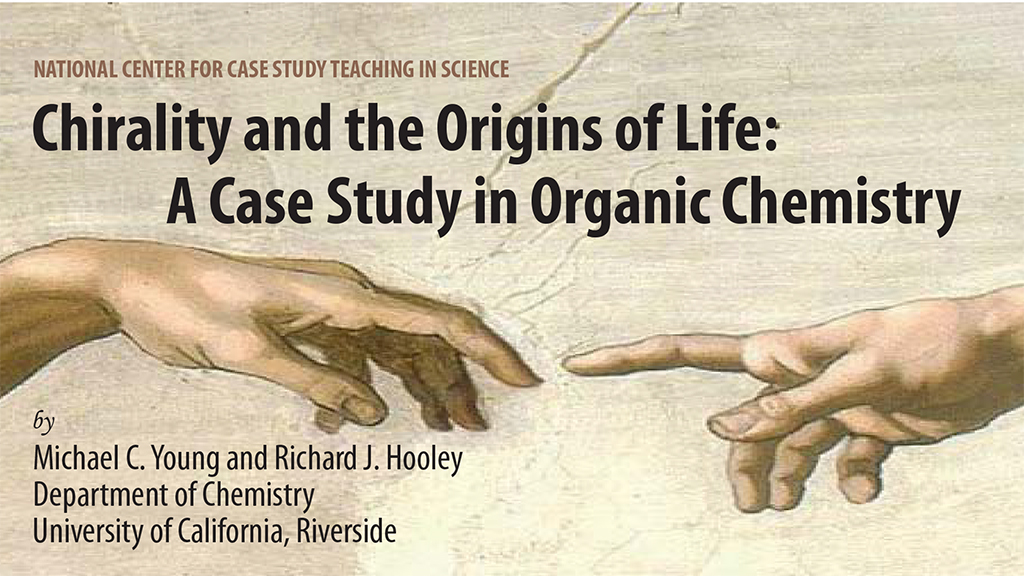Abstract
In this case study, students are guided through an example of how the amplification of enantiomeric excess in prebiotic amino acids may have contributed to the occurrence of only L-amino acids in nature. By studying the mechanism of racemization of amino acids and their derivatives and applying the concepts of crystallization and equilibrium, students can critically analyze a recent (2008) article in the Journal of the American Chemical Society on chirality enhancement under conditions that mimic the prebiotic environment. The article provides a possible cause of single enantioforms of amino acids, and the case study extends this to critically investigate whether this is a viable theory for the existence of L amino acids as the sole natural constituents of natural macromolecules. This case study is designed for a first semester/first quarter organic chemistry course, and is generally presented in the middle of the course after the topics of stereochemistry and acid/base reactions are taught.



